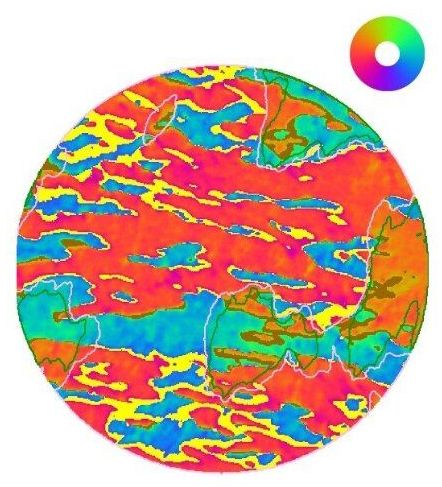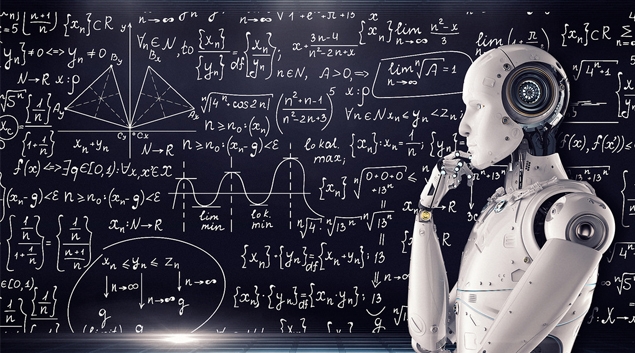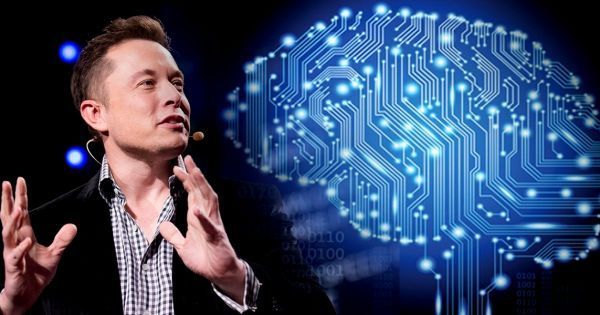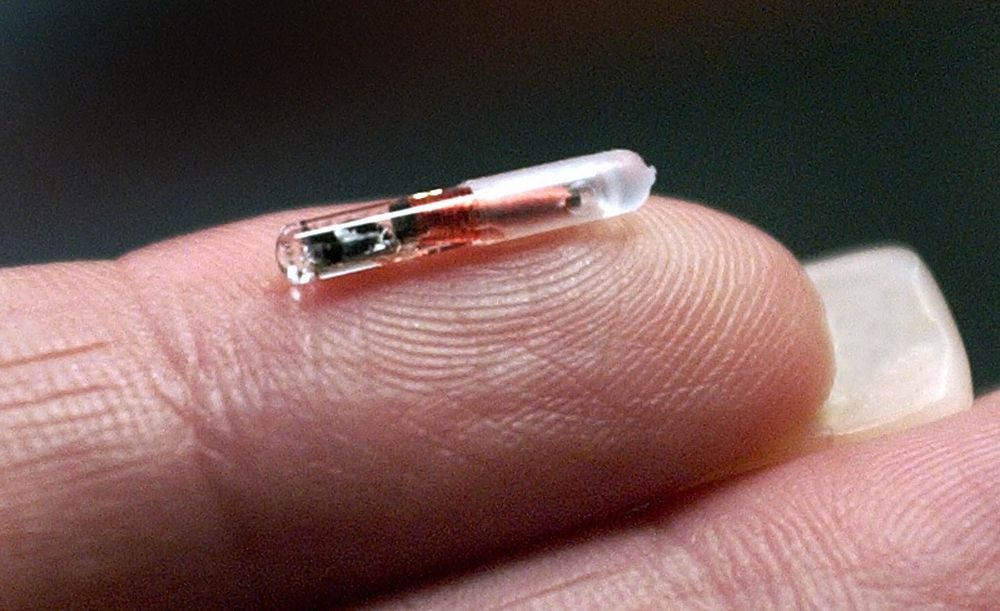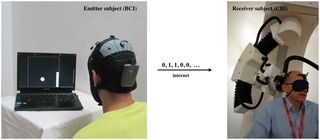The high resolution and wealth of data provided by an experiment at Diamond can lead to unexpected discoveries. The piezoelectric properties of the ceramic perovskite PMN-PT (0.68Pb(Mg1/3Nb2/3)O3–0.32PbTiO3) are widely used in commercial actuators, where the strain that is generated varies continuously with applied voltage. However, if the applied voltage is cycled appropriately then there are discontinuous changes of strain. These discontinuous changes can be used to drive magnetic switching in a thin overlying ferromagnet, permitting magnetic information to be written electrically. An international team of researchers used beamline I06 to investigate a ferromagnetic film of nickel when it served as a sensitive strain gauge for single-crystal PMN-PTheir initial interpretation of the results suggested that ferroelectric domain switching rotated the magnetic domains in the film by the expected angle of 90°, but a closer examination revealed the true picture to be more complex.
Their work, recently published in Nature Materials, shows that the ferroelectric domain switching rotated the magnetic domains in the film by considerably less than 90° due to an accompanying shear strain. The findings offer both a challenge and an opportunity for the design of next-generation data storage devices, and will surely be relevant if the work is extended to explore the electrically driven manipulation of more complex magnetic textures.
Some solid materials develop electrical charge in response to an applied mechanical stress. This piezoelectric effect means that certain crystals can be used to convert mechanical energy into electricity or vice-versa, and piezoelectric materials are used in a variety of technologies, including the automatic focusing of cameras in mobile phones. For these applications, the strain varies continuously with applied voltage, but cycling the applied voltage can lead to discontinuous changes of strain due to ferroelectric domain switching. These discontinuous changes in strain can be used to drive magnetic switching in a thin ferromagment film, such that data can be written electrically, and stored magnetically.
